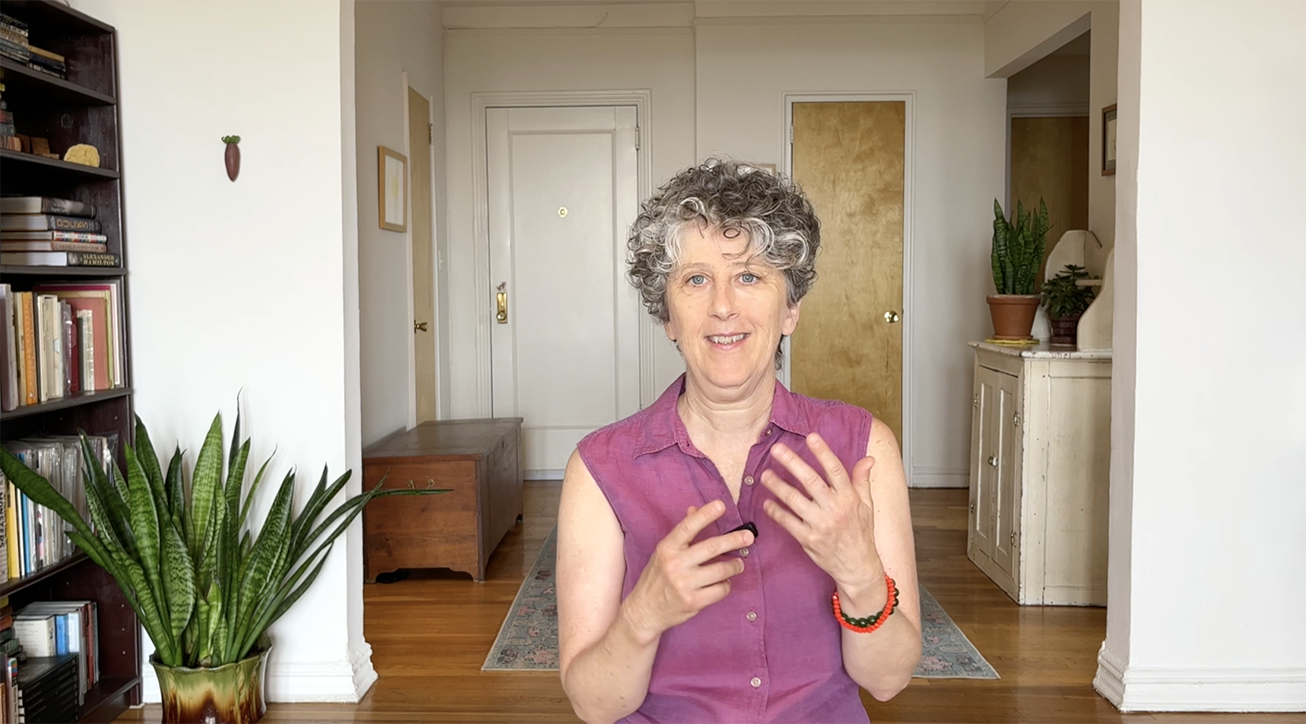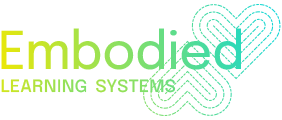
From social anxiety to social flow
Have you ever felt paralyzed by social anxiety at high stakes moments in your work and career? Most of the research on this topic is focused on improving your mental state, or your mindset.
Fortunately, more researchers are starting to look at the physical side of anxiety. What we are learning can help you bypass a lot of suffering and get to the heart of the matter.
The link between physical tension and social anxiety
Which comes first, physical tension or social anxiety? I’ve learned from my clients over the years that the tension they feel in their bodies is often more disconcerting than their internal mental dialogue.
Tension you can’t release makes you feel so powerless. Here is what how one client expressed it, paraphrased:
For reasons that mystify me, I get really anxious and tense sometimes when I’m talking to people. I tried everything to learn how to relax, but I’d just end up chasing tension around my body.
I’d get rid of it in one place, but it pops up in another.
I know what I’m doing as a leader; I know what my message is, I know how to communicate, none of that was the problem.
Whoever I’d be talking to could read that tension. Important meetings used to be uncomfortable for me and for them too, and I got frustrated because I couldn’t just relax and be myself.
The work I do with Clare has made such a huge difference. Now I know how to release my whole body, and I’m not chasing bits of tension all the time.
I’m an educator, so thankfully I don’t diagnose clients, but I think this is what psychologists call social anxiety.
I imagine all of us have experienced some of the symptoms described above in the natural course of our lives. What if we could access and increase the feeling of flow in our bodies instead trying to get rid of anxiety directly?
The opposite of social anxiety is social flow, but how do we get there?
A conversation, at its best, could be described as a flow state. Yet many leaders I’ve worked with over the years have never had the time to develop a compassionate conversation with their own bodies.
You can be very fit and healthy, but still experience your mind-body conversation as a one-way street. You may think of your mind as the the talker, and your body as the listener.
Even if the talk is positive, that’s only half of what is available to all of us if we want to experience flow.
Embodiment practices offer a different option. You can listen to your body as well as bossing it around. This skill, once learned, can be accessed in social situations naturally, especially if you practice regularly.
Social anxiety vs. individual anxiety
You may not suffer from anxiety in general, but when talking about your work, the thing that’s most important to you…you can get a little stiff and forced precisely because it matters so much!
You may have been taught that being a leader is all about being the center of attention. And that could be part of the problem.
So what’s the opposite? Personal flow states that feel good, which give you access to social flow states.
“Simply put, social flow is when we are feeling our best and doing our best. It is the experience of a flow state in a social situation. When we tap into social flow, we unlock the freedom to communicate clearly, be ourselves and connect deeply without all the anxiousness.”
How can we experience social flow if we haven’t experienced flow in our own bodies first?
Some experts say that you must be a dedicated athlete or study something for ten years to experience flow. Perhaps I’m being un-scientific, but my experience as a dancer and teacher says emphatically no you do not.
You can experience flow states at any level of skill or learning. According to Dr. Andrew Huberman, flow (as the term is used in neuroscience) is an expression of using skills that you already know.
You already know how to walk, how to sway, how to move.
You don’t have to be an athletic genius. You just have to be enjoying your own movement – and then add in a new challenge that causes novelty and insight.
How embodiment coaching helps create a flow state
Huberman says that simple stimulation of your vestibular system can create a flow state and enhance your ability to learn (It’s a long video…to get to the vestibular system part, go to 1:05).
This confirms for me why the activity in this week’s video about fluid attention and fixed attention works. The activity below helps us toggle between flow and learning – the ultimate high!
You can experience this in just 5 steps:
- Focus your eyes on one object while standing
- Hold that focus as you move (thus stimulating your vestibular system)
- Release your focal point and allow your attention to move along with your body freely
- Bring your body to stillness while staying in fluid attention
- Bring your attention back to a focal point to end practice and stabilize.
Do you feel more in flow now? More present?
Both fixed and fluid attention are accessible to all of us. All we need is a little bit of practice in moving between the two to experience the connection between flow and the ability to learn, which is a key component of social engagement.
Embodied flow and learning states are on the frontier of leadership effectiveness and “people skills.”
It might not be as difficult as you think to find freedom from social anxiety that holds you back. If you’ve tried everything already, like so many of my clients, what do you have to lose?
You can experience this work in a couple of ways:
- Attend a Mobile Body Alignment class. Every class is different and includes grounding, flow states of ease, and novel challenging movement experiences that invite new learning and skill building.
- Try embodiment coaching with Clare. Sign up for a free 15 minute consultation or your first lesson online or in person in NYC.
